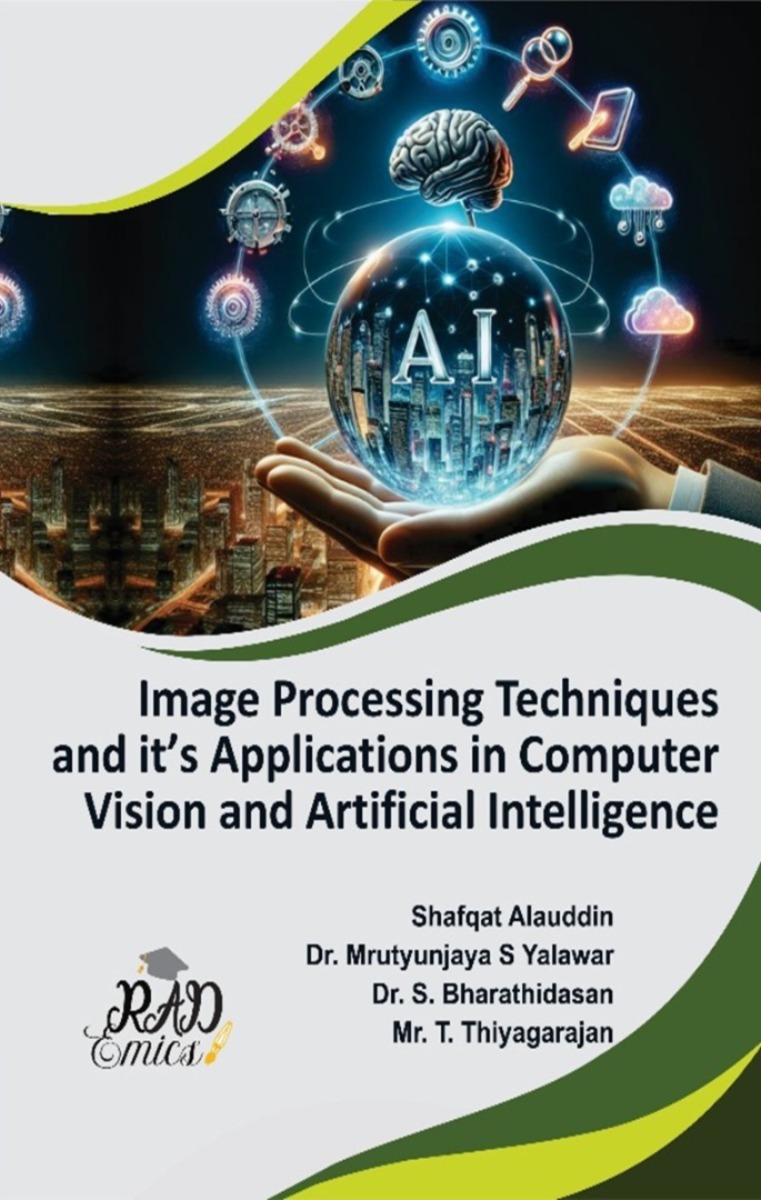
Peer Reviewed Chapter
Chapter Name : Object Detection and Recognition Techniques Utilizing Deep Learning Frameworks for Real-Time Applications
Author Name : Punit Kumar Chaubey, Pravin Kulurkar
Copyright: © 2024 | Pages: 30
DOI: 10.71443/9788197933660-10
Received: 07/06/2024 Accepted: 06/08/2024 Published: 30/10/2024
Abstract
This book chapter presents a comprehensive examination of object detection and recognition techniques utilizing deep learning frameworks for real-time applications, with a particular focus on overcoming the challenges posed by complex environments. The rapid advancements in deep learning technologies have significantly enhanced the capabilities of object detection systems; however, issues such as scale variability, occlusion, adverse weather conditions, and class variability in dense settings remain critical challenges. This chapter explores innovative strategies, including multi-scale feature extraction, weather-augmented training data, and advanced attention mechanisms, to improve detection accuracy and robustness. Furthermore, it highlights the importance of contextual information and data augmentation in enhancing model performance across various real-world scenarios. The integration of these approaches facilitates the development of more reliable and efficient object detection systems, paving the way for applications in autonomous vehicles, robotics, and surveillance. Key findings emphasize the necessity for continued research in this field to address existing gaps and optimize detection algorithms.
Introduction
The advent of deep learning has revolutionized the field of computer vision, particularly in the domain of object detection and recognition [1]. As the demand for real-time applications across various sectorsâ€â€such as autonomous vehicles, surveillance systems, and roboticsâ€â€continues to grow, the necessity for accurate and efficient object detection becomes increasingly critical [2]. Object detection involves not only identifying the presence of objects within an image but also localizing them with bounding boxes and classifying them into predefined categories [3,4]. This dual task poses significant challenges, particularly in complex environments where objects overlap, occlude each other, or vary significantly in scale and appearance [5,6,7].
One of the primary challenges in object detection was scale variability [8]. In real-world scenarios, objects can appear at various scales due to differences in perspective and distance from the camera [9,10]. Traditional detection algorithms often struggle with small objects, which can easily be overshadowed by larger ones or rendered indistinguishable from the background [11]. To mitigate these issues, contemporary approaches utilize multi-scale feature extraction techniques that enable models to capture object details across a range of sizes [12]. By employing feature pyramids or dilated convolutions, deep learning architectures can improve their sensitivity to small objects and enhance overall detection performance in scenes with significant scale variations [13-15].